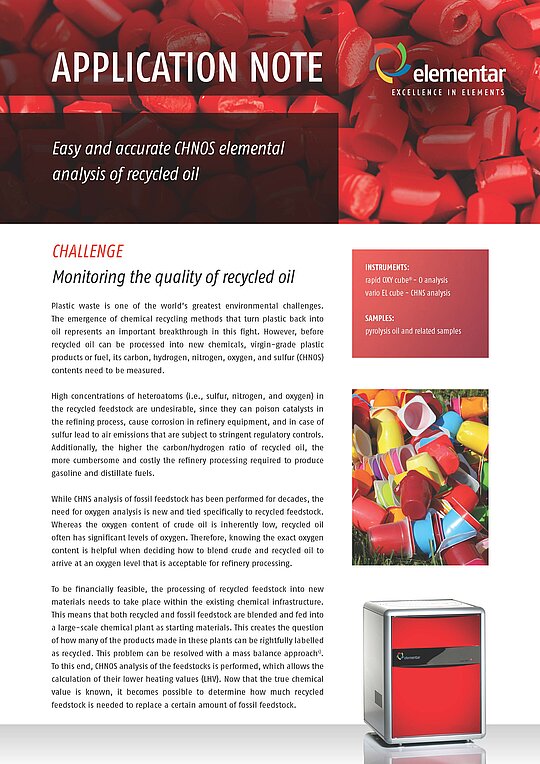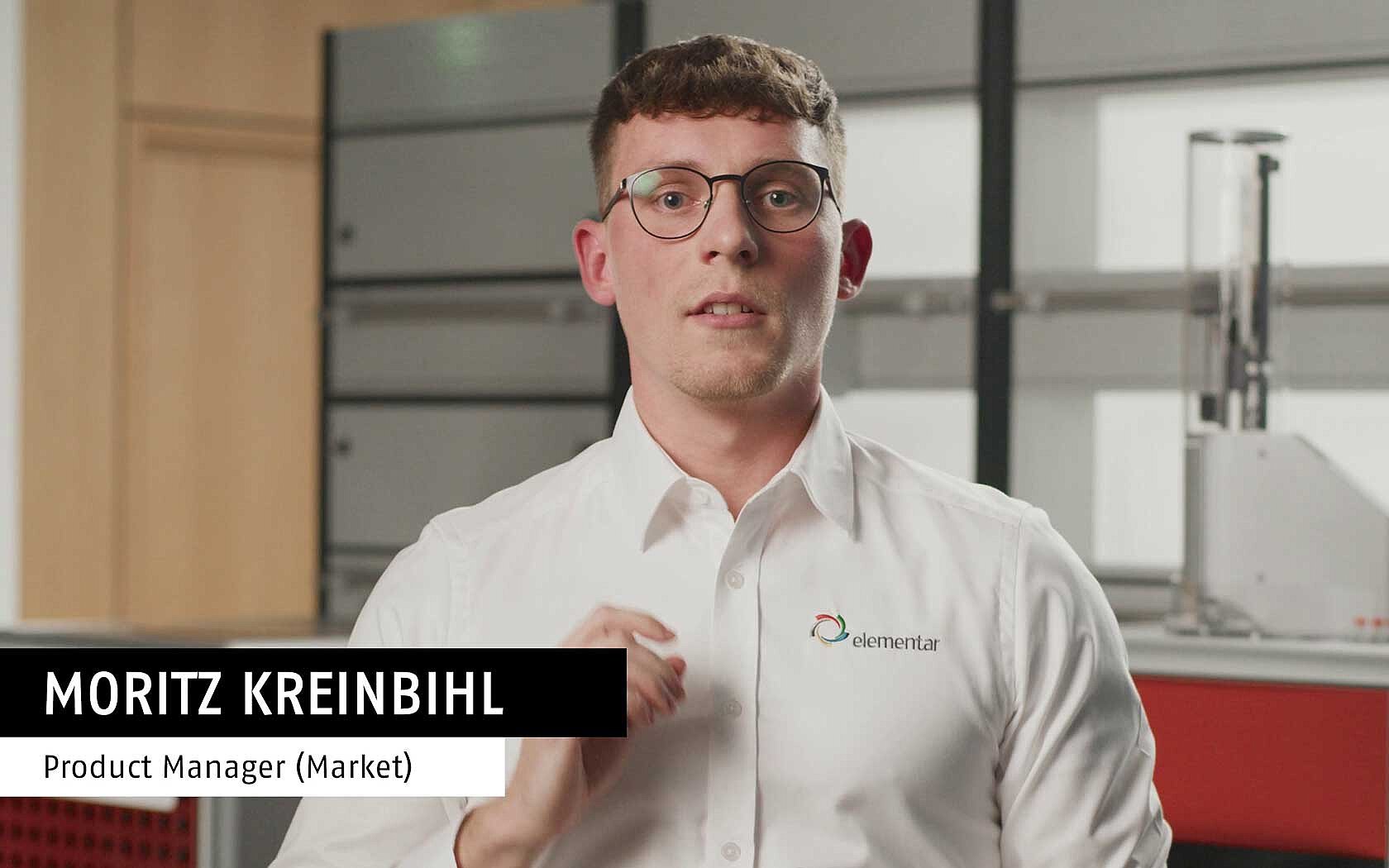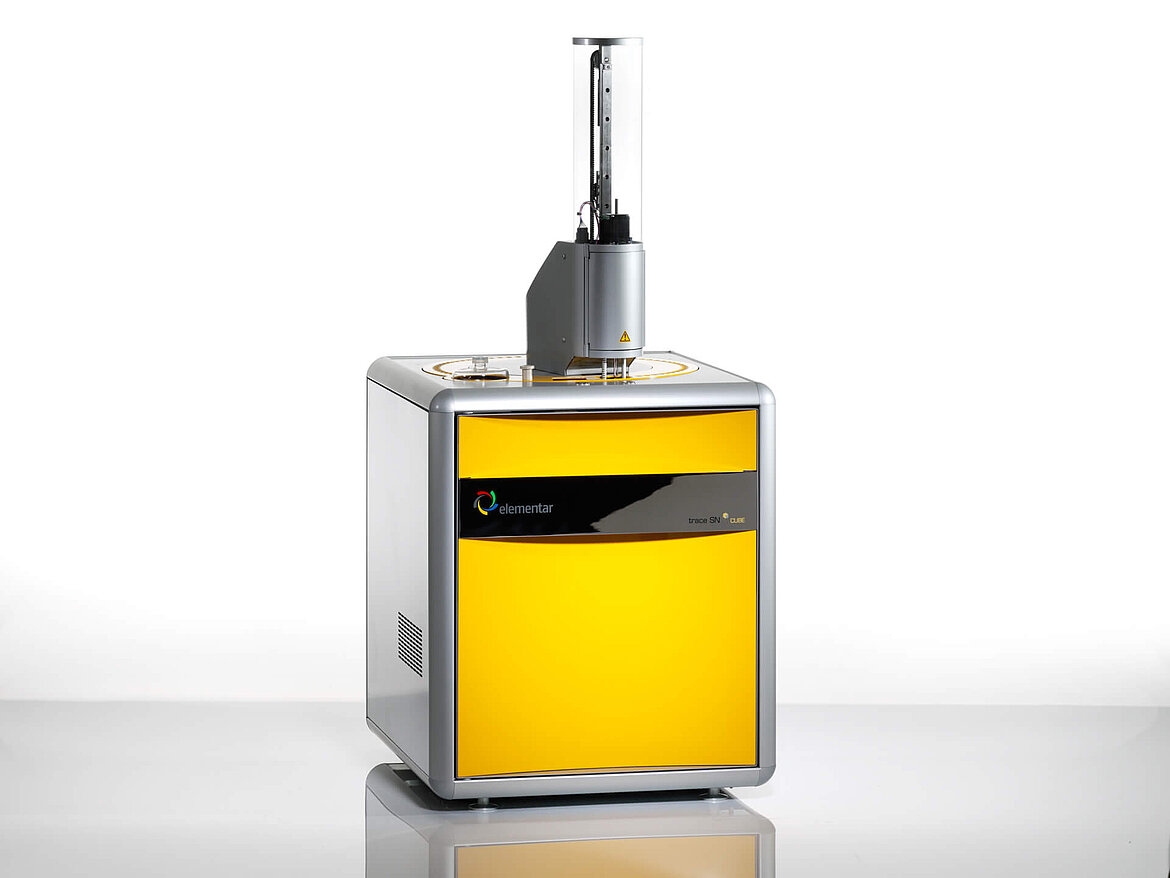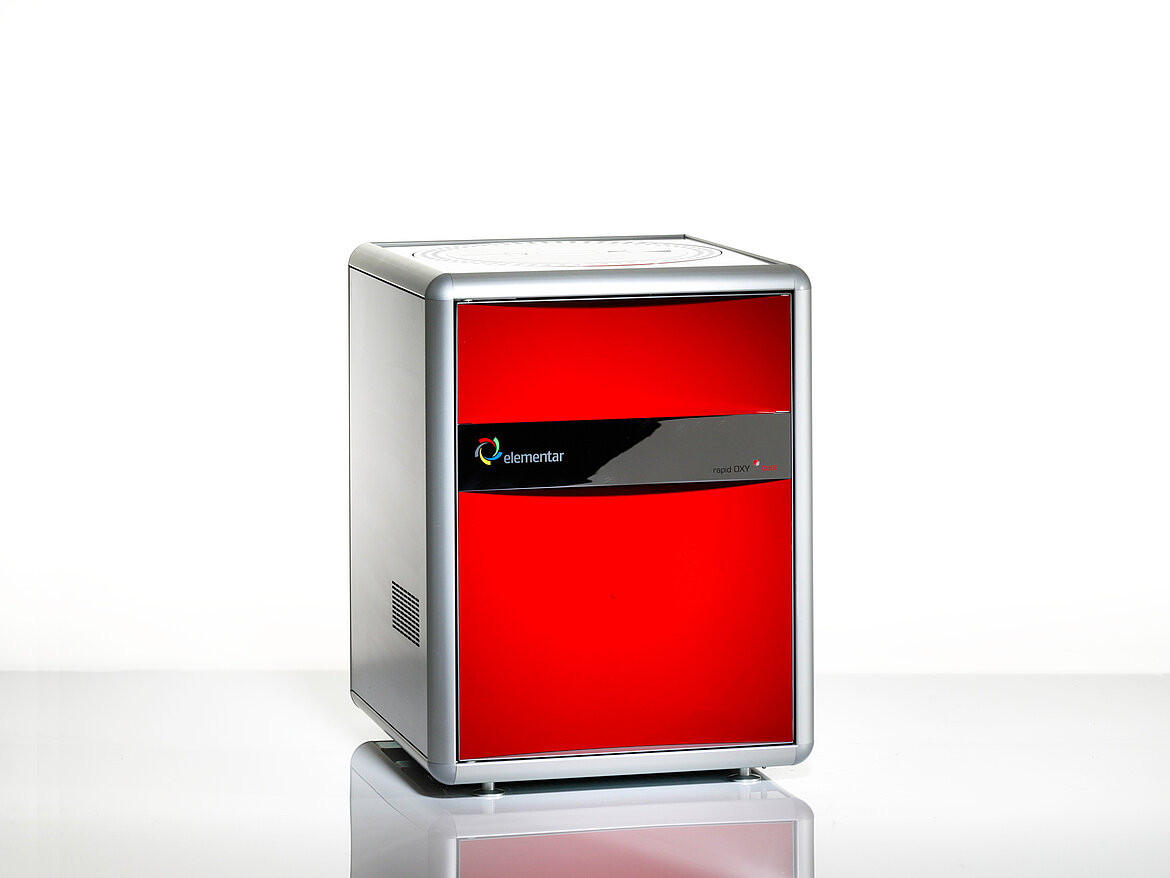High-precision liquid fuel analysis with the highest sensitivity
Understanding the concentrations of sulfur and nitrogen is of critical importance in refining operations for two main reasons: regulatory purposes and process optimization. In most markets, worldwide regulatory agencies, such as the Environmental Protection Agency (EPA), limit the total amount of sulfur and nitrogen in fuel and refined products. This is because fuels containing high levels of sulfur release sulfur dioxide gas when burned, causing a range of health issues, as well as environmental issues, such as acid rain. As regulations push for cleaner fuels, greater pressure will be placed on manufacturers to better monitor pollutants, such as SO2 and NOx, through constant fuel analysis. Moreover, expensive catalysts utilized in refining processes degrade much faster in the presence of high sulfur and nitrogen concentrations. Fuel analysis can therefore help to optimize production processes.
Easy and accurate CHNOS analysis of recycled oil
APPLICATION NOTE
Learn how to monitor the quality of recycled oil by high precision CHNOS measurements with an unbeatable low
detection limit for oxygen analyses - even with high concentrations of heteroatoms.

DOWNLOAD YOUR COPY
Fill in the form to receive your download link per e-mail.
Your contractual consideration for the free provision of the download is the subscription to our personalized newsletter. By clicking on the “download now” button, you therefore declare your acceptance of the receipt of personalized newsletters by e-mail by Elementar Americas, Inc. and its group companies as well as the evaluation of your user behavior in this regard and - if available - the merging of this data with your data in our customer database.
In order to receive newsletters from our group companies it is necessary to transfer your above-mentioned personal data to these companies. The data transfer is contractually required.
You are aware that the subscription to our personalized newsletter represents the contractual consideration that you provide for the free provision of the download. You can unsubscribe from the newsletter at any time with effect for the future. You can object to the future use of your data for advertising purposes at any time. For further information, please refer to our privacy policy.
Sulfur and nitrogen determination down to trace level
Liquid fuel analysis demands an analytical technology that is capable of detecting low levels of sulfur and nitrogen. According to international standards, such as ASTM D4629 or ASTM D5453, the content of sulfur and nitrogen in fuels or light hydrocarbons has to be determined via high-temperature combustion of the sample. The determination of the formed NO is performed with a chemiluminescence detector, while SO2 is detected with a UV-fluorescence detector. The sulfur and nitrogen analyzer, trace SN cube, is especially designed for high-sensitivity sulfur and nitrogen determination in liquid fuels like diesel, gasoline, and related samples in conformity to these international standards. It delivers analysis results with the highest precision and accuracy down to trace level, making it the ideal liquid fuel analyzer.
Direct oxygen measurement for high-precision fuel analysis
The presence of oxygen-containing compounds in liquid fuels, such as gasoline, can promote more complete combustion, thereby reducing carbon monoxide emissions. This is the reason why oxygen concentration analysis gains importance in the fuel industry, especially by direct determination. As oxygen concentration derived from the indirect calculation by difference suffers from cumulative errors, nowadays the direct oxygen measurement, which delivers accurate, unbiased results, is the method of choice (e.g. ASTM D5622). Our dedicated oxygen analyzer, rapid OXY cube®with its patented backflush technology and unrivaled precision, perfectly fulfills the analytical demands of the fuel industry.




